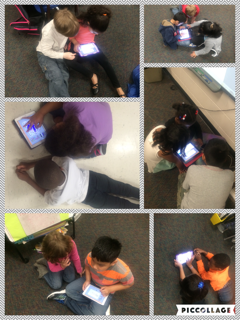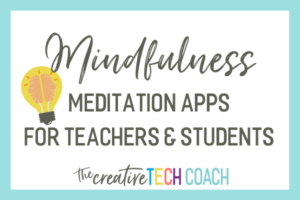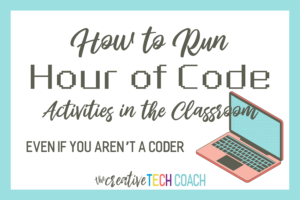As my summer winds down and I begin to prepare myself for another school year, I’ve started to reflect on the past year . . . what worked, what didn’t, what I want to try again, etc. I especially considered my foray into the flipped classroom this past year (i.e. I had to write a reflection summarizing my project for the fine folks that awarded me the grant to implement flipped learning). And here are my ruminations is my Project Summary:
First, I want to again thank Mid-Carolina Electric Cooperative for providing the Bright Ideas Grantthat completely changed instruction in my classroom for the 2015-16 school year. The major goal of my project was to provide student-centered, differentiated instruction, but because I was doing this in a new, innovative way, I started small by integrating technology into mathematics instruction only. The innovation of this project was that it was an adaption of the flipped learning model for primary-level students. The “flipped” classroom is an idea developed by educators Jonathon Bergman and Aaron Samms to break the paradigm of lecture-based instruction and move towards more student-center instruction based on students’ needs.
The guided math model of instruction utilized in my classroom was a perfect framework for integrating a variation of flipped learning. I imagined that instruction would begin with a brief mini-lesson where the topic was introduced, followed by a time for students to work in small groups. While some groups were working with the teacher or each other, other students would use the iPads to receive follow-up instruction through online lessons or videos. In reality, though, it took all of us a while to get use to using the iPads as a means of digital instruction, and whole-group instruction continued as both my students and I got into the groove of this innovative instructional strategy.
We did get the hang of it, though. We used the iPads to access digital lessons from applications like LearnZillion and Nearpod. Students especially loved the Nearpod lessons, because they are student-driven. Eventually, I was able to assign a lesson to groups or pairs of students, while others worked with me or on paper-and-pencil math activities. Students could watch and re-watch the follow-up lessons until they fully understood the concept. Further, if a student was absent, they could easily make-up the lesson they missed independently and then regroup with me afterwards, all while not taking away instructional time from the rest of the class that may be ready to practice independently or move on to the next lesson.
This project offered a number of benefits to students. The biggest benefit was that it allowed for differentiation of instruction to meet individual students’ needs. Further, 21st century learning skills like collaboration, communication, critical thinking, and creativity were fostered and developed as students utilized technology to solve mathematical problems and demonstrate the mathematical skills and concepts learned. There were also many benefits for me, the teacher, as well. Using the digital resource Nearpod provided me with feedback on students’ learning in the form of built-in formative assessments. And while extended direct instruction was provided through the digital lessons, I was freed to work with other students on guided practice and more hands-on learning, allowing me to get to know the needs of my students even better.
My students really enjoyed using the iPads for flipped instruction during math, but we were able to easily carry the “flipped lesson” model to other times of the day, too. By the end of the year, we were using the iPads for other flipped lessons, like lessons on animals and their habitats. I’m looking forward to implementing this project using the iPads and the flipped classroom model with my next group of students. Of course, I will continue to use the project to support my math instruction, but look forward to flipping other subjects, too. For instance, in our first social studies unit, we will flip a lesson on communities as students participate in virtual field trips of different types of communities.
Overall, the project was a huge success! Not only did we get more devices for our classroom, but the students and I learned valuable lessons about how to leverage technology for our learning. I want to thank MCEC once again for providing us with this incredible opportunity!





